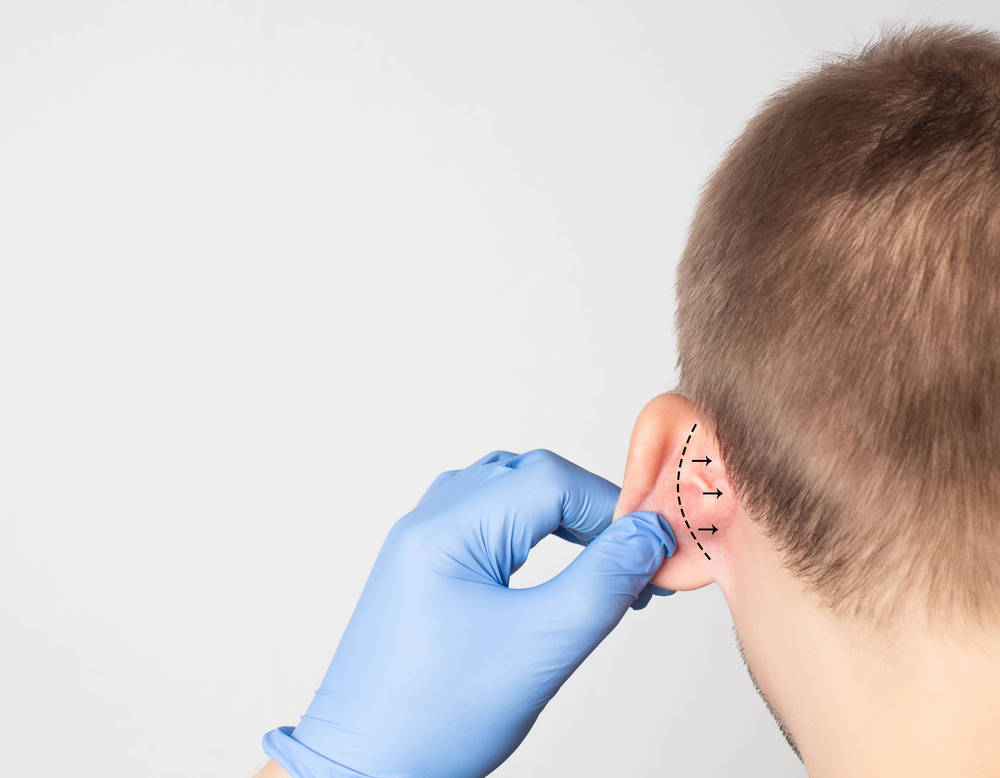Otoplasty, also known as ear surgery, is a cosmetic procedure aimed at reshaping, repositioning, or reducing the size of the ears. It is commonly performed to correct prominent ears that stick out too far from the head or to fix ear deformities caused by injury, birth defects, or other conditions. Otoplasty can be performed on both adults and children (typically starting at age five or six when the ears have nearly reached their full size).
